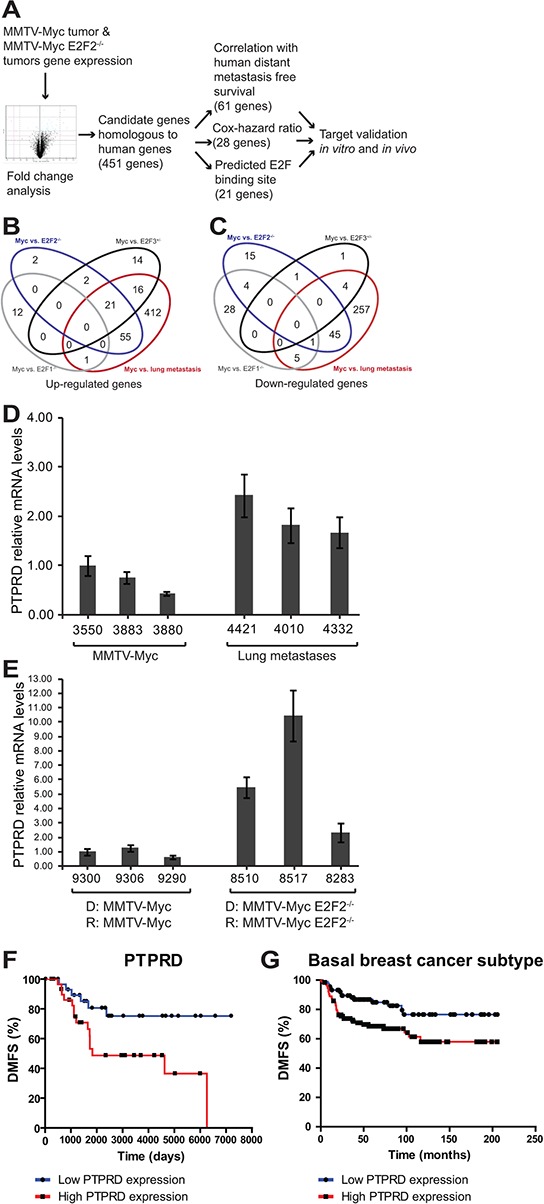Figure 3. Pipeline for identification of genes regulating E2F2−/− breast cancer metastasis.

To examine the regulatory mechanisms involved in E2F2-mediated human breast cancer metastasis, we established a pipeline for analysis. Genes that were differentially expressed by MMTV-Myc, MMTV-Myc x E2F2−/− and lung metastasis samples A–C. were identified. Mouse gene expression data for significantly expressed genes was clustered together with human datasets, revealing 451 candidate genes that are homologous to human genes. We ranked these potential target genes based on their correlation with human distant metastasis free survival, their cox-hazard ratio, and the existence of E2F motifs proximal to the transcriptional start site. Comparison between MMTV-Myc tumors and lung metastases revealed elevated PTPRD expression in the lung metastases samples D. Comparison of MMTV-Myc WT21 non-metastatic tumors and MMTV-Myc WT21 E2F2−/− metastatic tumors passaged in their respective genotype revealed increased PTPRD expression in the MMTV-Myc WT21 E2F2−/− tumors (E. D = donor, R = recipient). Elevated levels of PTPRD were found to be correlated with human distant metastasis free survival (F. p = 0.0153) and is associated with basal breast cancer subtype (G. p = 0.0085).
